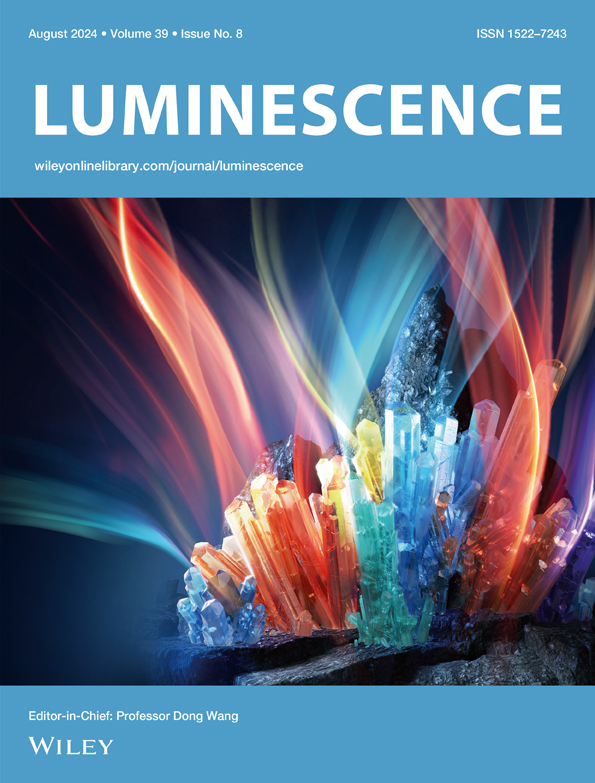Effect of Donor and Acceptor on Improving the ROS Generation of Benzothiadiazole-Based Photosensitizers and Effective Photodynamic Therapy to Pancreatic Cancer Cells
Abstract
Photodynamic therapy (PDT) has emerged as a promising strategy for pancreatic cancer treatment, yet its efficacy is hindered by the limited reactive oxygen species (ROS) generation efficiency of conventional photosensitizers (PSs). Herein, we adopted a PS with a donor-acceptor structure as the researched object, which chose triphenylamine (TPA) and benzothiadiazole as an electronic donor and an acceptor. Another electronic donor of anisole and an electronic acceptor of nitrophenyl were introduced to the researched object to obtain two PSs of BLY-719 and BLY-720, which aimed to enhance PDT performance through rational modulation of electronic donor/acceptor pairs. Systematic investigations revealed that the enhancement of acceptor strength significantly reduced energy splitting between the singlet and triplet states, thereby boosting ROS generation, including singlet oxygen and hydroxyl radical, but the fluorescent intensity of the emitter showed an obvious reduction. However, the introduction of the electronic donor anisole not only achieved better fluorescent strength but also maintained satisfactory ROS efficiency. The investigation of therapeutic effect using pancreatic cancer cells of SW1990 as the object demonstrated that the donor-modified PS-based nanoparticles (NPs) achieved the most cell mortality at a 100 μg/mL dosage after undergoing white light irradiation. This work provides a molecular design paradigm for developing highly efficient therapeutic agents against intractable cancers.




 求助内容:
求助内容: 应助结果提醒方式:
应助结果提醒方式:


